Kapotasana (Pigeon Pose)
What is Kapotasana?
Kapotasana, also known as Pigeon Pose, is a yoga asana that targets the hips and thighs. It is an intermediate to advanced level pose that requires flexibility and strength.
In Sanskrit, the term ‘Kapota’ is “Pigeon” and the meaning of Asana is pose (posture). Kapotasana (Pigeon Pose) arrives under the medium level.
This is the most useful Asana, which opens up the mid-section (chest) and strengthens the back. It boosts flexibility and opens the hips region, in the meantime strengthening the back and extending the thighs and the Groin.
Kapotasana (Pigeon Pose) is a complete and better body workout. It improves the quality of your legs and your abdominal region. It is especially useful for individuals who experience the ill impacts of foot problems. This stance is useful for conditioning your thighs and releasing tight hip flexors and thighs.
How is Kapotasana done?
Here is a detailed description of the Pigeon Pose steps that you require to follow.
- Do a warm-up session before you begin practicing Pigeon Pose.
- It’s a better idea to accomplish a few Pigeon Pose primary poses like the Eka pada pigeon pose, which is even known as Ardha Kapotasana.
- This will support providing your chest, shoulders, legs, arms, etc. a light expanse before you move into the additionally intense Pigeon Pose.
- Begin by bringing into Ustrasana (Camel Pose). Inhale deeply and lift the lower portion of your abdomen. Stabilize your lower back and exhale.
- Pull up your arms and Inhale towards the ceiling. Exhale and move backward assuring that your back is stable. Inhale and bend further.
- Slow and smoothly lift your shoulders and press your shoulders towards each other as you move your head backward.
- Maintain this pose for at least five-ten seconds. Inhale and let your arms reach the ground floor while you press your feet into the ground floor gently.
- Maintain moving backward gently. Try creating your hands to meet your heels. Clutch the heels lightly. While keeping your feet, press the elbows towards each other and move your hips forward.
- Exhale and turn your elbows and fix them on the floor. Maintain this position for thirty seconds to a minute. This is the Purna Kapotasana mild release the posture while breathing normally.
Move on your spine and bring into the Childs pose (Balasana) before you resume your normal position. Accomplish Kapotasana pose two-three times, one-two time a day.
Kapotasana (Pigeon Pose) Video
Benefits of pigeon pose
- Opens tight hips by stretching the groin, piriformis, and psoas muscles.
- Boosts external rotation of the femur in the hip socket and extends hip flexors, creating more additional flexibility in the hips Prolongs the muscles, tendons, and ligaments around the knees, and boosts circulation in these regions.
- Enhances posture and respiration.
- Relieves backache.
- Draws the focus inward, calming the brain.
- Boosts up the cervical region and the shoulder joints.
- Removes accumulated anxiety from the neck region.
- Stimulates the thymus gland, improving immune function.
- Helps relieve sciatica, colitis, and piles.
- Enhances blood circulation to the muscles of the pelvic floor.
- Helps bring rid of extra visceral fat.
Modifications:
However, One of the Legged Pigeon Pose (Kapotasana) is considered an extreme asana under the advanced level and the movement of the hip and spine facilitates the entire body. Breathing creates this posture additionally pledging for a new pupil of this posture and bringing the body alignment right comes only with practice.
Not all can master the posture the very 1st time and most certainly Eka Pada Rajakapotasana needs time to bring it right no matter how flexible one is. To enjoy this posture on the right path and to feel confident and at ease during the practice of this asana there are a few alternatives and changes which can be incorporated at the time of training.
Firstly create certain the back has opened up well before practicing this posture. The entire body’s muscles should have got warmed up and ready for the pose. When the muscles are warm the body moves far more easily and no injury can occur.
Utilizing a thick mat below the thighs of the folded legs provides the hip and thighs the additional support and stability to get the twist and bend well. If bringing the tucked leg’s shin similarity to the mat in a facade of you is a challenge, then work on turning the knees inwards and getting the shin in-depth inside and closer to the other internal thighs.
Practice this pose then one can work on bringing the shin similarity to the mat. Utilizing a yoga strap by positioning it around the ankle of the leg behind you and using this support to pull and bring the neck and shoulders in alignment to remain in the pose comfortably.
To begin with, practice this pose by utilizing a bench or a chair. Set the leg on the chair with the knee and shin seated similar to the outside of the bench and feel the stretch in the inner thighs of the leg placed. Utilizing the other leg stretch backward and allow the body to get used to this stretch. Holding the chair bend backward as far as possible.
The teacher or the guide could support in keeping your arms from behind or support in providing the lower hip help with his or her foot. It is essential that the teacher or guide is experienced and plays with the flow of the body after having understood the student’s flexibility.
Variations
As investigators have varying abilities, a provided yoga pose may be easy for a particular pupil but hard for another. In such cases, as a yoga trainer, you can introduce pose deviations to further challenge a pupil who is discovering a specific yoga pose easily or introduce an easier deviation of a posture for the pupil who is discovering the main pose hard.
Pose deviations can thus support your pupils grow and make further confidence in their yoga practice no matter what their starting ability levels are. And this is where your role as a yoga teacher evolves very essential. Below we have compiled 55 posture deviations of Kapotasana one in one place to provide you with ideas to plan your yoga classes as you interact with students of different levels.
Kapotasana Contraindications
- Migraine.
- Insomnia.
- Spondylitis.
- Hypertension.
- Stiff back (a sore back).
- Weak functions of any organ.
- Women who are pregnant or menstruating.
- Injury and surgery to the backbone, the neck, or the shoulders.
Conclusion:
Kapotasana (Pigeon Pose), can be a transformative and rewarding yoga pose, but it needs tolerance, practice, and correct alignment. By following the step-by-step guide and the tips and tricks offered in this article, you can improve your flexibility, balance, and strength, and experience the benefits of this posture safely and virtually.
Remember to always appreciate your body’s requirements and limitations, and to seek the advice of a qualified yoga teacher or healthcare professional if you have any concerns or medical conditions. With dedication and mindfulness, Kapotasana can evolve into a graceful and empowering complement to your yoga practice.
FAQ
1. Why is a pigeon pose called a pigeon?
In Sanskrit, the term ‘Kapota’ is “Pigeon” and the meaning of Asana is pose (posture). Therefore, Kapotasana, literally, means a pose imitating a pigeon. Kapotasana (Pigeon Pose) arrives under the medium level. You’ll get a sense of this if you sit with one leg bent and the other leg lengthened straight out after you.
2. What are the benefits of pigeon pose?
Pigeon Pose is a great yoga pose to extend your hips and lower back. When executed perfectly, it may extend the flexibility of the lower back muscles while even supporting digestion. A few even consider it can alleviate mental anxiety or worry since Ayurveda claims these feelings are held in the hips.
3. Why don’t I feel anything in the pigeon pose?
The cause you can’t accomplish Pigeon Pose is that you haven’t created the necessary strength and flexibility the glutes need. Makeup to Pigeon Pose through deviations such as Reclined Pigeon and Seated Pigeon Posture. For more support, seat a yoga block under your glutes to relieve anxiety and stress.

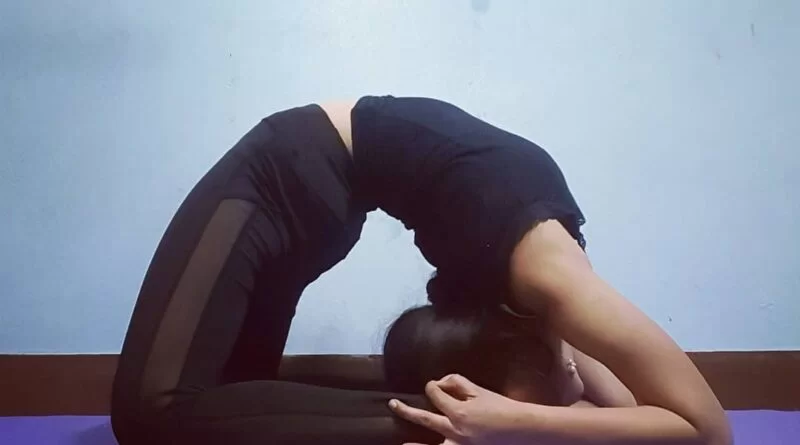
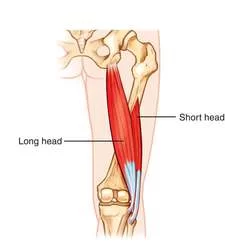

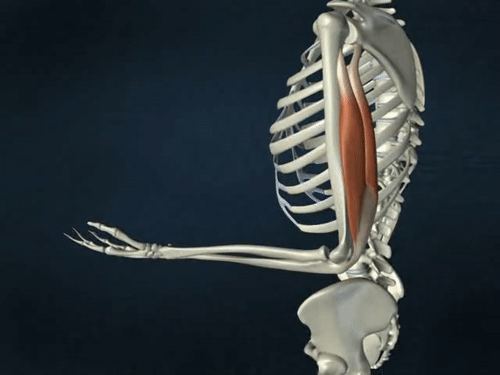
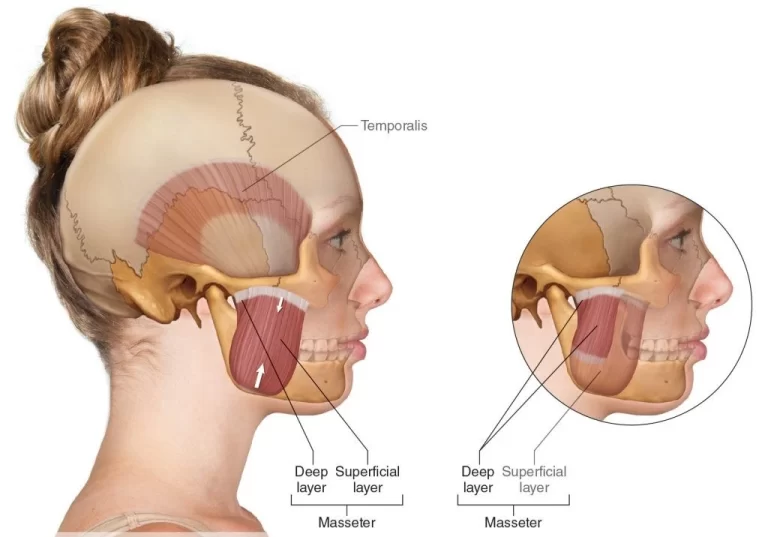
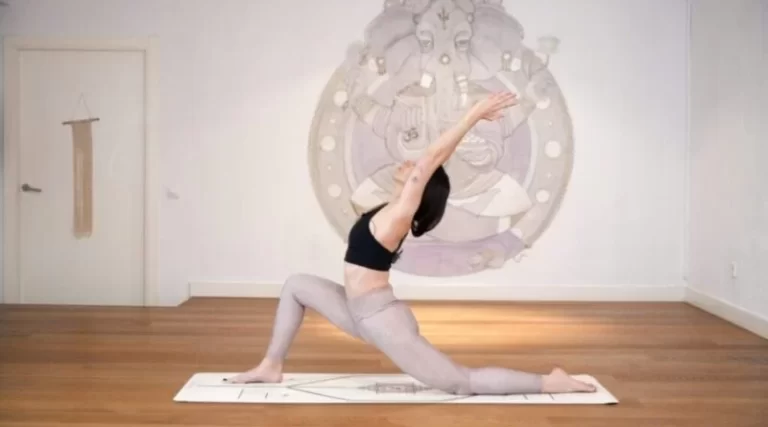
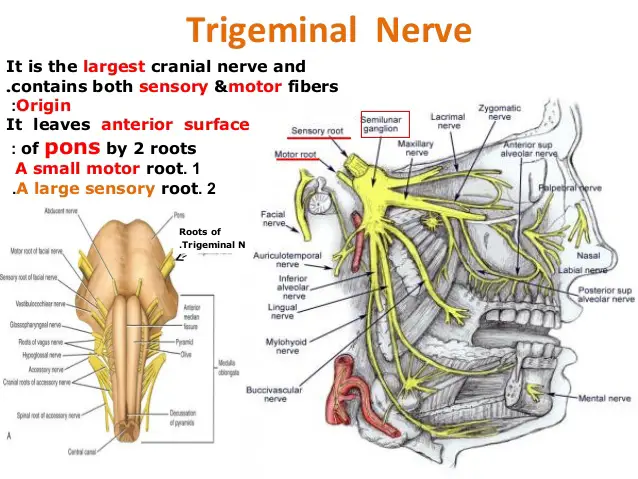
One Comment